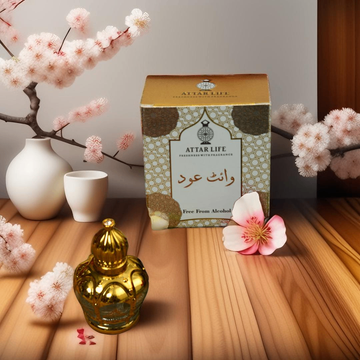-
Origins of Attar:
- The word “attar” (also known as “ittar” or “itra”) has its roots in the Persian word “itir,” which itself comes from the Arabic word “itr” (عطر), meaning “perfume” or “scent.” Attar is an essential oil derived from botanical or natural sources.
- The earliest recorded mention of techniques for producing essential oils dates back to Ibn al-Baitar (1188–1248), an Al-Andalusian physician, pharmacist, and chemist. He contributed significantly to the field of perfumery.
- The Egyptians were renowned for producing perfumes in ancient times. These perfumes were formulated from plants and flowers before being added to other oils.
- Al-Shaykh al-Rais (also known as Abu Ali Sina) refined and developed the technique of distillation for roses and other plant fragrances. He experimented with roses, leading to the creation of liquid perfumes rather than a mixture of oil and crushed herbs1.
-
Traditional Extraction of Attar:
- Attar is primarily extracted through hydrodistillation or steam distillation. The Persian physician Ibn Sina (Avicenna) was the first to derive attar of flowers using distillation.
- The process involves distilling flowers, herbs, spices, and other natural materials. These distillates are then aged in a wood base, often sandalwood. The aging period can range from one to ten years, depending on the botanicals used and desired results.
- Techniques similar to those used by Ibn Sina are still employed in Kannauj, India, where attars are produced1.
-
Historical Figures and Attar:
- Mughal emperors and Sufi poets cherished attar for its exquisite fragrance. It was a symbol of luxury and refinement.
- In Yemen, Queen Arwa al-Sulayhi introduced a special variety of attar prepared from mountainous flowers, which she gifted to Arabian monarchs.
- Ghazi-ud-Din Haidar Shah, the ruler of Awadh, surrounded his bedroom with fountains of attar, creating a romantic and fragrant atmosphere1.
Attar’s rich history and cultural significance continue to captivate perfume enthusiasts worldwide! 🌹🌿🌸.






